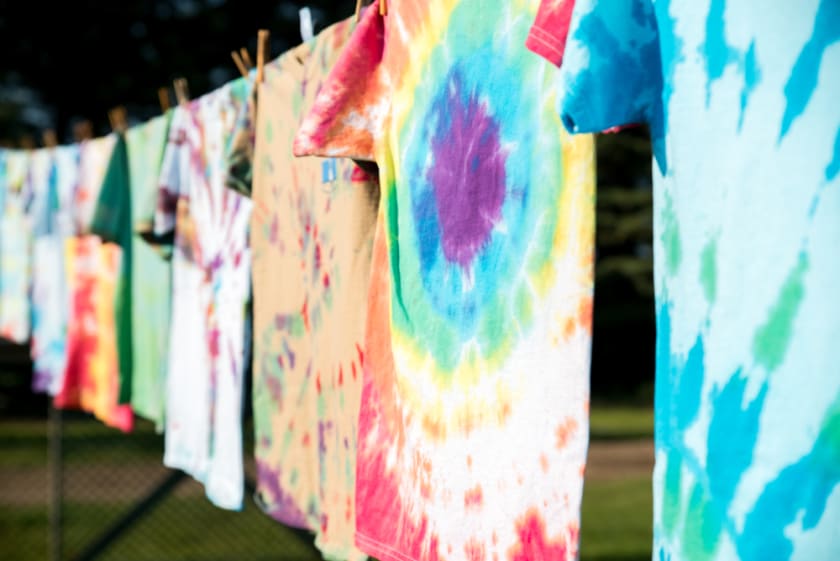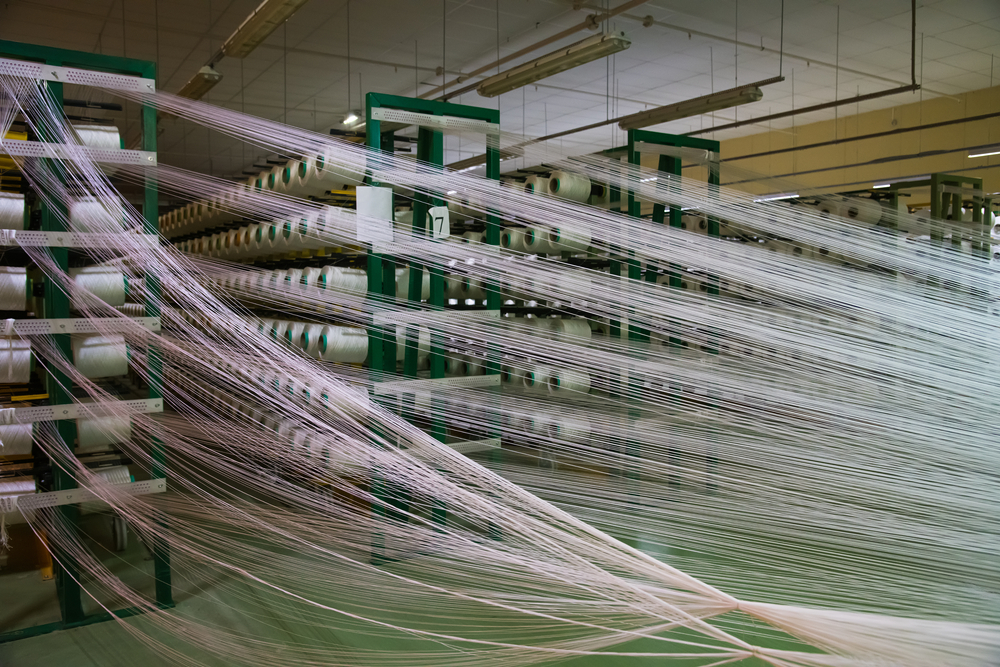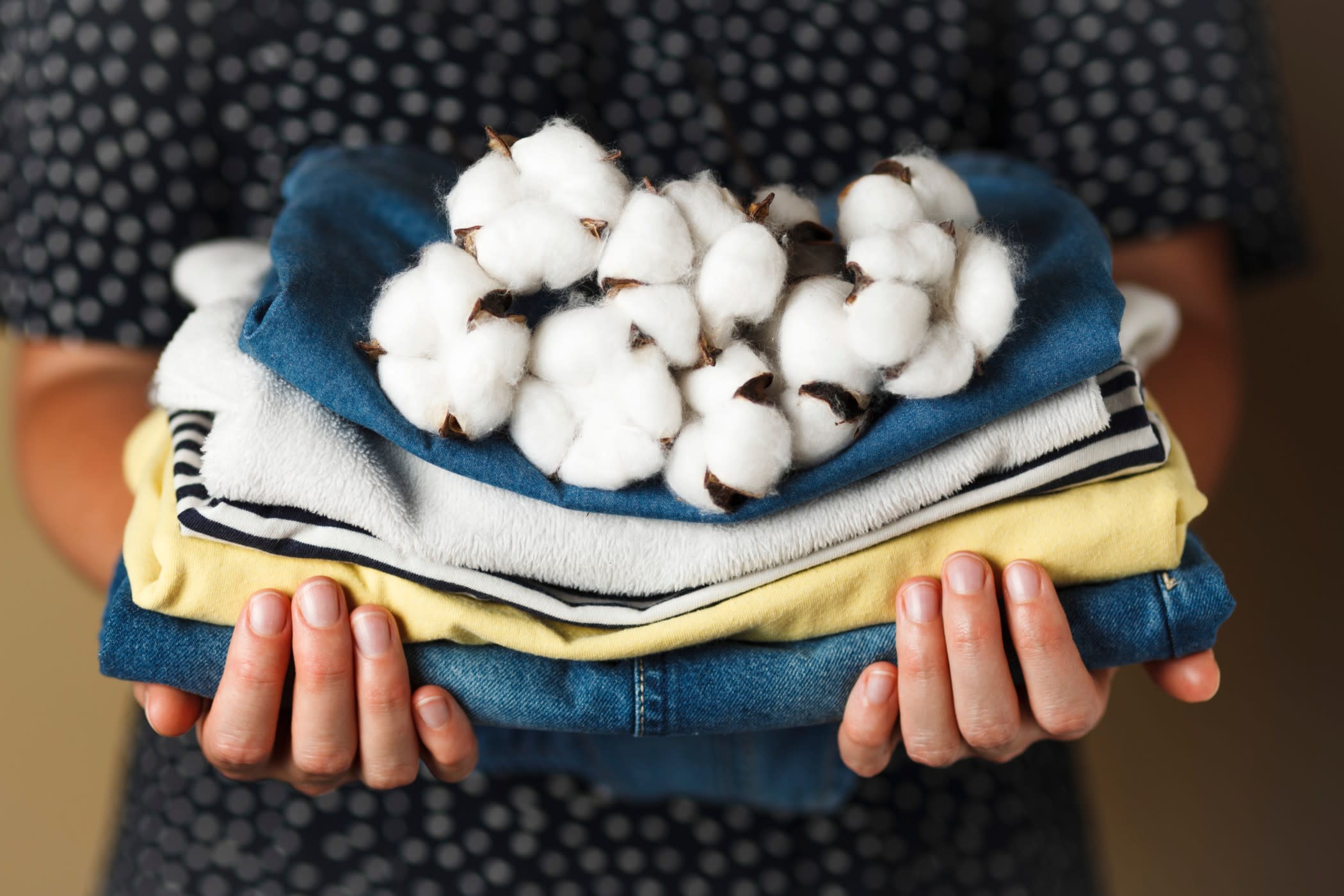All About the Green Dyehouse



Today's textile companies aim to make the users and the consumers aware of the various developments in the industry. It is rather not surprising that research in the textile world aims to build a cleaner and sustainable textile industry. This involves utilising sustainable procedures which have the least impact on the environment as much as possible. The textile industry has been under tremendous pressure in the past few years due to fast forward fashion, but now, more and more high-end brands are following the lead in building sustainable fashion.
The textile industry largely depends a lot on the cloth dyeing industry. The dye house is a hub for chemicals, and these chemicals essentially form one of the most polluting agents in the textile world. The dyeing cost is as much as 10% of the total cost of making a shirt, whereas 55% comes from yarn fabrication and 35% from Garmenting.
The concept of a green dye house encourages the process, practice, and use of materials, products and energy systems that either avoid or minimise the risks caused by the effects of dyeing on human health and the environment.
The dyeing industry in particular faces a lot of challenges during the manufacturing of textiles. They can be as follows:
- Technical challenges - This refers to first time buyers or the blind dyeing concept. It can either be a lab to bulk or bulk to bulk. The technical challenge is to evaluate the shade and approve the process appropriately. The handling of speciality fabrics such as chiffons and jacquard needs to be careful. Based on the type of fabric, one has to select the dyes, chemicals, and the process, which in turn affect the wastewater treatment.
- Non-technical challenges - The non-technical challenges include an imbalance in the infrastructure, such as the machinery, utilities, and wastewater treatment system. There can be a communication gap in the understanding of the requirements. The social and environmental compliances of using dyes and chemicals and having shorter lead times and slower responses are all part of the non-technical challenges.
- Commercial challenges - Raw material price fluctuations cause an imbalance in the production and selling costs. A competitive market price compared to the global price can affect the dyeing industry. The use of fuel and cost of wastewater treatment issues may lead to increased manpower costs and irreversible poor efficiency.
The strategy for a green dye house should include small but important steps. Remember, every step counts, and for somebody who is linked to the textile and fashion world, these steps are inevitably important. Let's see how one can contribute to the green dye concept.
- Updating and modifying equipment - Add flow metres for water and steam at every stage for better measuring, monitoring and controlling. Use bulk dispensing for dyes and chemicals. Bulk dispensing systems avoid unwanted spillage, and overuse of water is also avoided. Water consumption for dyes and chemicals is reduced to 50% when compared to manual handling. A wood boiler can be used to fully automate a coal boiler and upgrade the fuel handling system; it can minimise up to 15000 tons of wood consumption every year. There is an additional benefit of improved efficiency and fluctuations in temperature, which can be avoided.
- Better process and control - Industries should be encouraged to work on 100% blind dyeing concepts. Processes that should be encouraged are single bath dyeing, combining H2O2 killing and bio polish process, using single bath bio scour and bio polish process, and sing pass heat setting. The importance of proper first time dyeing includes a reduction in the expenses of per kg blind dyeing, dyeing and sampling, dyeing and adding one shade in the same batch, dyeing+drying and redyeing, dyeing, stripping and re-dyeing, etc. All these costs would come down drastically.
- On-site recovery and reuse - Effluent water recovery and reuse, salt recovery and reuse, and heat recovery from processed hot water and reuse are a part of on-site recovery and reuse of water. The dye house can use the best eco-friendly techniques such as the anaerobic and ozone treatments for colour removals and reduce generating solid waste. The three-stage reverse osmosis with an ultrafiltration system is the best to be used for recovery and reuse. Applying the ISO 14001-2002 certification for maintaining an environmental management system is an additional measure. A four-stage multiple-effect evaporator with a crystalliser for better salt recovery can minimise wastage. About 80% of Glauber's salt can be recovered and reused regularly. A forced circulation evaporator is installed to increase efficiency and reduce the final waste.
- Housekeep measures and waste control - Measures can be taken to avoid leakages, spills, running taps, and overhead tank overflows. Regular energy audits and regular waste audits can be initiated. 50% of the air in the process house should be utilised for cleaning purposes only. By adding a reducer at the edge of the cleaning hose, 50% of the air which was wasted before can be controlled. The power-saving can go up to 100/150 units of power in a day. Usage of solar and wind for power generation is a source of clean power.
The Yarn Story

The story of generating a yarn thread starts from the time land is ploughed, seeds are sown, and a plant is harvested for cotton fibres. This takes almost 4-6 months of vigorous hard work and dedication. After the process of Ginning, cotton is transported and spun. The spinning, knitting and processing of threads for making cloth are tedious and energy-consuming and involve manual and technical work. Once the threads are spun, they are utilised for making fabric. Then, otary printing takes place, the fabric is inspected and run through a spreader, panels are cut, and cloth is sown for the desired pattern. After all this processing, the end product can be rejected for only a skipped stitch. The journey towards green processing of dyeing and cloth-making can only be fulfilled if, as a fashion designer and consumer, one can understand the human and technological efforts involved in the making of garments and its environmental repercussions. A dye house can be fully functional with minor changes for reducing the impact on the environment, making it sustainable and eco-friendly.
Conclusion
Textile production faces pressure from the consumer end and shareholders for ethical and sustainable cloth production. In a world of fast forward fashion, brands have a lot of pressure to push eco-friendly fashion. However, eco-friendly fashion demands a high financial burden which reflects in the prices of the end products. Not to be missed under the umbrella term of sustainable fashion, there are many loopholes that fashion designers for clothing brands would not be able to fulfil all the checkboxes probably. But one can be more vigilant in understanding the repercussions on the environment and constantly come up with creative ideas and measures to inculcate eco-friendly fashion wear. A long supply chain can lead to financial savings and cost improvement, and justify legal and consumer demands effectively.
Source managers and fashion merchandisers can adopt sustainable fabric purchases, and fashion buyers can opt for clothing made from sustainable textiles. There can be many solutions, and to find the right course of action for a more sustainable fashion world, you can get help from Fashinza, a fashion manufacturing guide for retail fashion. Fashinza has ample information on suppliers, traders, and brands from all genres and for the designers who are looking for new ideas in the world of fashion.



















